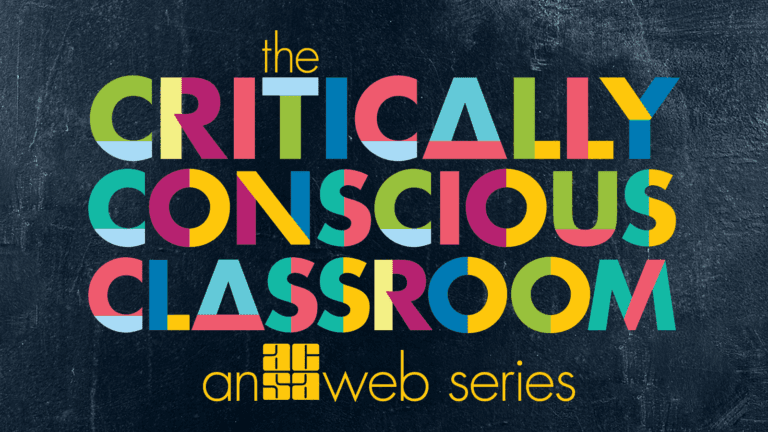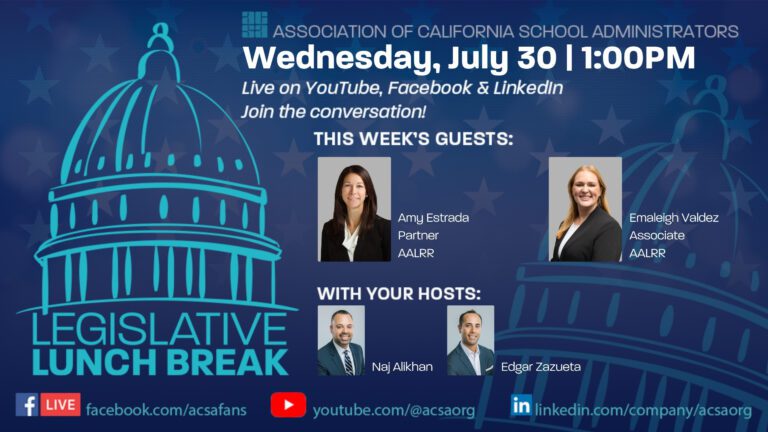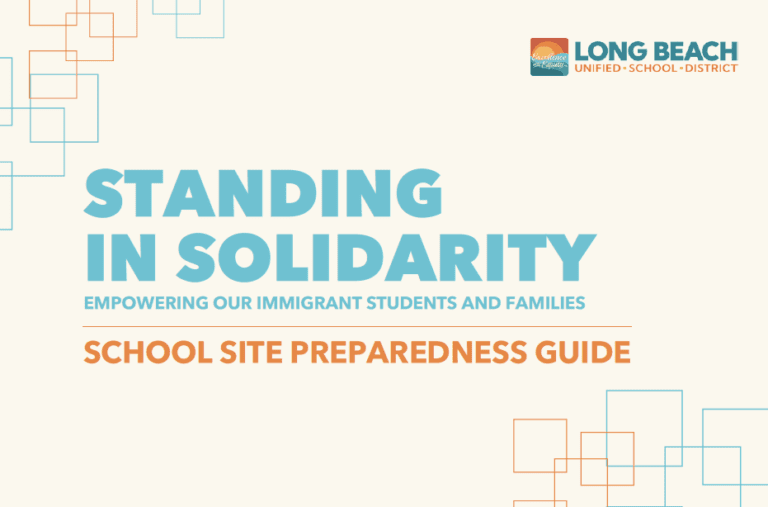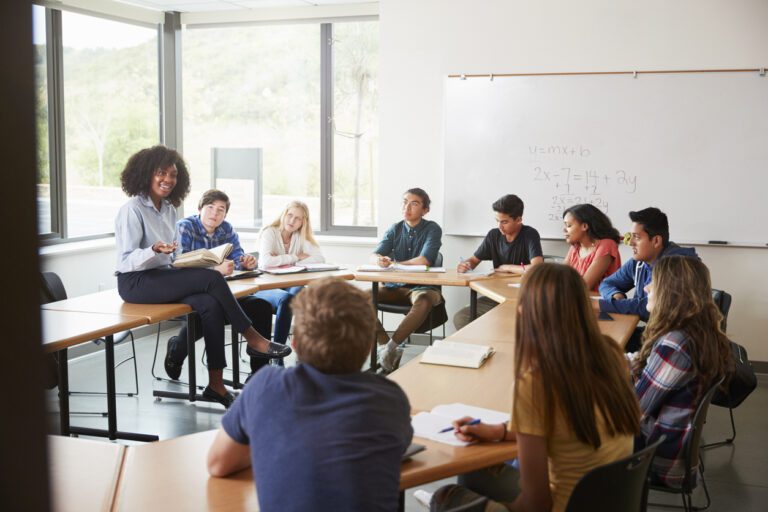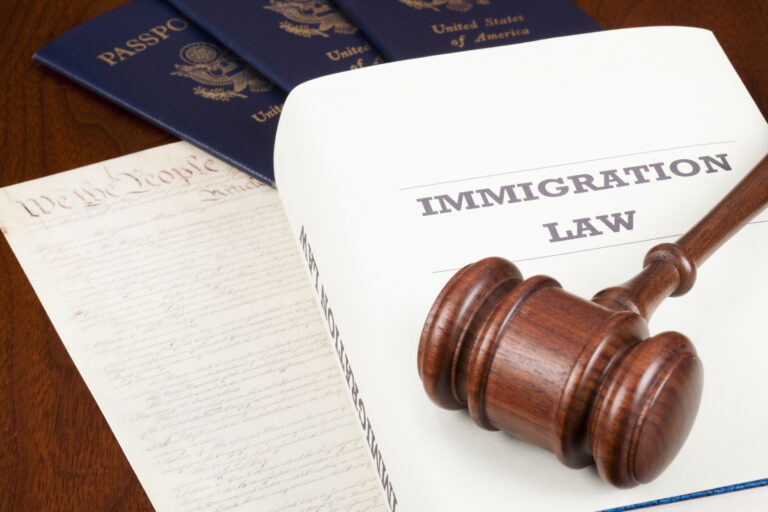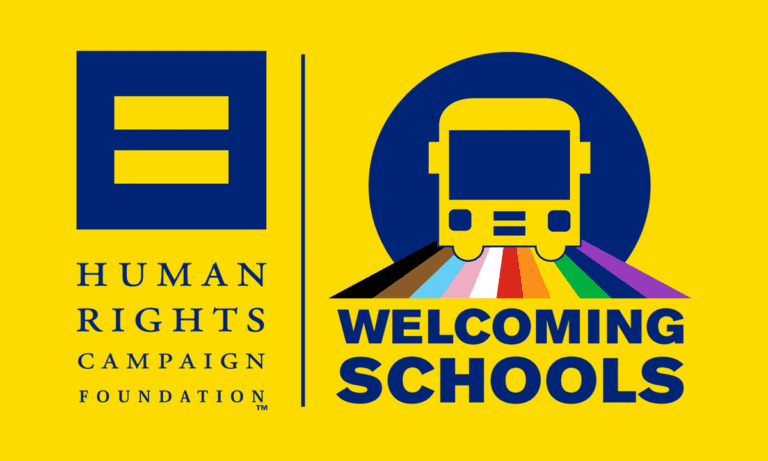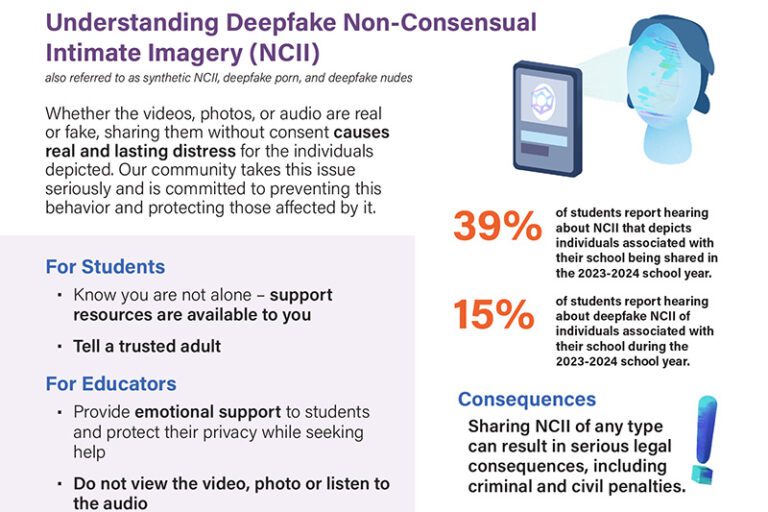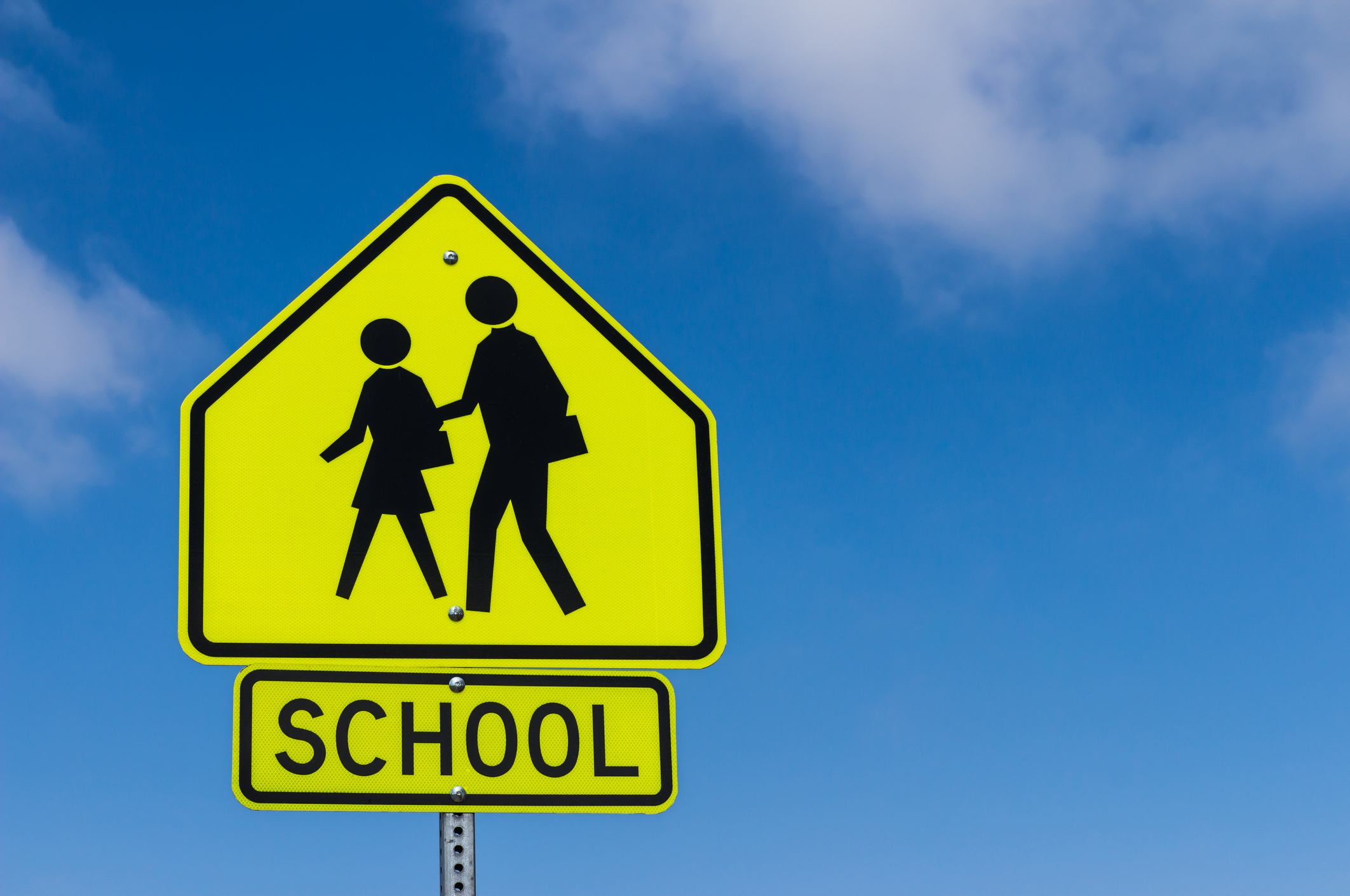This content is provided to ACSA by the Orange County Department of Education.
Do students in public schools have a First Amendment right to freedom of speech?
Yes. Under federal and state law, students do not shed their constitutional rights to freedom of speech or expression at the schoolhouse gate. Under state law, school districts operating one or more high schools are prohibited from enforcing any rule subjecting a high school student to disciplinary sanctions solely on the basis of conduct that is speech or other communication that, when engaged in outside of the campus, is protected from governmental restriction by the First Amendment of the United States Constitution or Section 2 of Article I of the California Constitution.
Under federal and state law, students may participate in peaceful demonstrations on campus during non-instructional periods. Students may exercise these rights as long as their speech, expression or conduct is not obscene, lewd, libelous or slanderous, does not incite students to destroy property or inflict injury upon any person, or does not cause substantial disruption to the operations of the school. Under federal and state law, students may distribute literature reflective of their views and opinions, and assemble on campus during non-instructional time to discuss their views and opinions.
May a school district establish reasonable rules and regulations for students who wish to exercise their free speech rights on campus during the school day?
Yes. Federal and state law allow school districts to establish reasonable rules and regulations for students who wish to exercise their free speech rights on campus during the school day. School districts may impose restrictions on the time, place and manner of the speech or activity in order to maintain a safe and orderly educational environment for all students and district employees. Students, who fail to follow the directive of school administrators or teachers, or district policies concerning demonstrations, assemblies, protests or lockouts, may be subject to disciplinary action. If the usual disciplinary action for being truant from school or missing a class is detention, for example, then students who walk out of class to protest may be subject to the same disciplinary sanctions. Stricter punishments or stricter disciplinary action based on the student’s free speech rights would be prohibited and would violate student’s First Amendment rights.
Students who walk out of class during instructional time may be directed by school administrators and teachers that they should return to class, and be advised that they risk disciplinary action if they fail to return to class or if they leave the campus during instructional time. No physical effort should be made to prevent students from leaving the campus.
Students who fail to follow the direction of school administrators or teachers would be in violation of Education Code § 48900(k) (disrupting school activities or otherwise willfully defying the valid authority of supervisors, teachers, administrators, school officials, or other school personnel engaged in the performance of their duties). Under Education Code § 48900.5, suspension for disrupting school activities or willful defiance shall be imposed only when other means of correction fail to bring about proper conduct. Other means of correction may include a conference between school personnel, the pupil’s parents or guardian and the pupil, participation in a restorative justice program, school detention or community service.
In anticipation of possible student protests, should school districts communicate with faculty, students and parents, as well as the community?
In anticipation of student protests, school districts may wish to encourage school principals to open lines of communication with faculty, students, parents, the media and the community so that the principal may:
- Communicate an awareness and understanding of the issues and concerns prevalent in the school community.
- Stress a willingness to listen to the concerns of the school community.
- Work with the district office for assistance in working with representatives of the news media in preparing outgoing messages to parents.
- Provide appropriate time, place and manner alternatives to ensure that there will be no disruption to the instructional process.
- Provide a safe area that can be used for appropriate protests or demonstrations.
The principal may wish to enlist the support of stakeholders to develop and implement solutions to problems, address concerns, and explore viable alternatives that will not disrupt the instructional process. The principal may wish to provide opportunities for students to dialog and engage in activities such as classroom discussions, small group discussions with clubs or campus organizations, informational assemblies with adequate supervision, letter-writing campaigns, and structured research projects.
Are schools and school districts responsible for the safety of students when students engage in student protests during the school day?
Yes. School districts and schools are responsible to maintain adequate safeguards to ensure the safety and welfare of students, school personnel and school property. School districts should consult with the district office and local law enforcement, if appropriate, to maintain safety and security on the school campus. School districts may need to develop an individual plan for each school in the school district to maintain safety.
Under California law, school districts have a duty to supervise students while they are on school premises during the school day, and school districts may be held liable for injuries caused by the failure to exercise reasonable care. While staff may accompany students when students leave school premises for school-related activities, including field trips, school staff generally may not leave campus to accompany students who miss class or leave class during instructional time to protest or demonstrate. If staff were to follow students off campus during instructional time, it may create potential liability for the school district under Education Code § 44808, which states that if a school district undertakes supervision of students, it must do so in a reasonable manner and if it does not do so, it may be held liable.
What role should school employees play if a student protest or walkout occurs?
School employees should neither encourage nor discourage students from exercising their First Amendment rights. District employees should remain neutral and supervise students to ensure their safety. District employees should enforce school rules and regulations, which are necessary for student safety and protection, and direct students not to leave the school premises during school hours. However, school employees should not attempt to physically restrain students from leaving campus.
What preparations should schools make in relation to possible student protests?
Districts should prepare as far in advance as possible and coordinate with local law enforcement to develop a plan to address students leaving school campuses during protests or walkouts. School employees need to supervise students who decide to take their demonstrations on the nearby sidewalk of the campus or other areas close to the campus, and anticipate possible safety hazards. Schools should not block school exits and entrances to prevent students from leaving the school.
School officials should follow social media to learn as much as possible in advance about planned demonstrations and encourage students to keep their demonstration on campus grounds. Schools may wish to designate appropriate areas on the campus for students to demonstrate, such as gymnasiums or quad areas.
Do employees have a First Amendment right to participate in a walkout during working time?
No. Public school employees, in particular classroom teachers, may not leave their classroom or work station during work hours. Leaving their classroom or work station is inherently disruptive to the normal operations of the school. While public employees do not give up their First Amendment rights by virtue of their public employment, the law imposes restrictions upon those rights with respect to time, place and manner.
Public employees may comment on matters of public concern in their role as citizens outside of their working hours. School employees who walk out during instructional time may be subject to disciplinary action for being absent without leave and neglect of their duty. Districts should advise their employees that if they plan to work on a day when a student walkout is planned, they are expected perform their job duties and responsibilities, and not leave their classrooms or work stations.
The school district should inform its employees that if they fail to remain in their classroom or at their work station during a student walkout, that they may be subject to disciplinary action. Public school employees who wish to express themselves on issues related to school safety, school violence, gun control or gun rights are free to do so outside of their work hours and off their school campus.
School employees, while on their duty-free break, may discuss issues of public importance with other employees, but should not be encouraging or discouraging students from participating in student walkouts or participating directly in student walkouts. School employees may use their sick leave or other leaves to attend off-campus demonstrations occurring during a workday, if consistent with their collective bargaining agreement and district policy.




